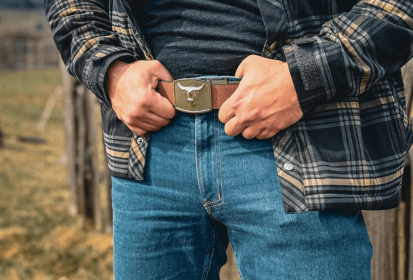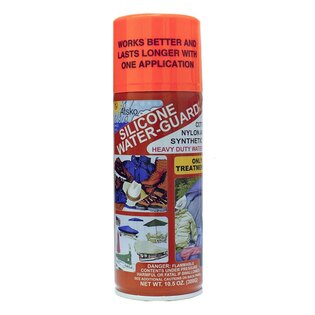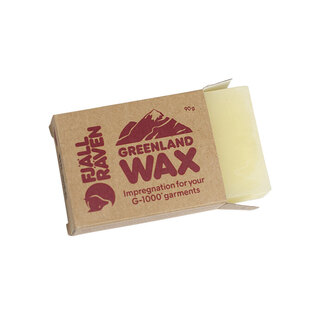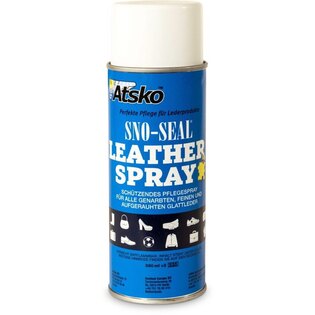How to impregnate your outdoor equipment correctly
In rain and bad weather, waterproof equipment will protect you best. More precisely, equipment made of materials that repel water. But it also needs to be cared for regularly, including occasional impregnation. This can be defined as a process during which the waterproof properties of fabrics are restored. In our case, outdoor clothing, boots, backpacks or tents. In this article, we will show you how to proceed with the impregnation of outdoor equipment.
No matter what surface we want to apply the impregnation to, the principle remains basically the same. Using an impregnation product (most often a spray), we saturate the material, which is otherwise absorbent, or has naturally lost its waterproofness due to use in the past. These are materials such as cotton, polyester or leather.

Impregnation is a process in which the water-resistant properties of fabrics are restored.
The working principle of impregnation
Using an aerosol spray, nanoparticles of active substances are applied to the surface of clothing or other elements of outdoor or tactical equipment. These substances can be both natural and chemical, or combined. When we talk about a natural form of impregnation, we most often mean beeswax and products made from it.
It may occur to you that there are many other ways to saturate fabrics and thus protect them from the penetration of moisture from the outside into the inside. But not every method is suitable, for one simple reason. Essential properties of functional clothing or tents include not only waterproofing, but also breathability.
Nanotechnology in impregnation preparations can ensure restoration of waterproofness while maintaining breathability. However, if we were to "lubricate" the surface of the clothing with just anything, we could clog the pores in the fabric structure. Which would mean that the clothes would simply stop breathing. And so moisture and sweat would condense under it and you would soon be bathing in your own juice, especially during active movement.
How to impregnate
Regardless of what you are going to impregnate, there are certain general rules that we should follow when impregnating. With most impregnation preparations for fabrics, less is sometimes more – basically just one layer is enough to impregnate. More layers of impregnation could, paradoxically, damage the fabric. Apply the impregnation exclusively to a clean and dry surface – otherwise you could rather fix any dirt on the surface of the clothing and it would be harmful for it. Apply the impregnation in a uniform, even layer. Try not to hold your hand with the spray over one spot for a long time, as spots may form.

With normal use, the functional properties of outdoor materials naturally decrease.
Impregnation of outdoor clothing
In the case of outdoor clothing, the impregnation is applied mainly to the outer pieces of the functional clothing composition, be it jackets or trousers. In short, clothes you don't want to get wet. And at the same time for which you want to restore their original water column, i.e. the fabric's ability to resist rain and air humidity.
Of course, as in all other cases, the given piece of clothing (let's say a jacket) must first be washed in a suitable way (described on the label) in a suitable detergent, which should be specially designed for washing functional clothing. Ordinary washing powder can seal the structure of the fabric and degrade its breathability or porosity. Before washing, as with any other garment, remember to check your pockets for any remaining items and fasten all zippers.
We recommend washing a tennis ball together with down clothing, which will help maintain the loft (fluffiness) of the insulation. And if you have clothes made of merino wool, we recommend using a washing program for delicate clothes with the lowest possible temperature and speed.
Then spray the clothes with the impregnation evenly (as we said above) from the distance specified by the spray manufacturer, and wipe off any excess ("puddles") with a dry cloth (for example, a microfiber cloth) that does not leave lint or artificial fibers on the cleaned surface. Once you have impregnated your clothes, let them dry thoroughly.
Some impregnations have the advantage that they not only protect against moisture from the outside, but also against salt stains and so-called maps. You will appreciate this not only with clothes, but also with boots and other types of treated surfaces.
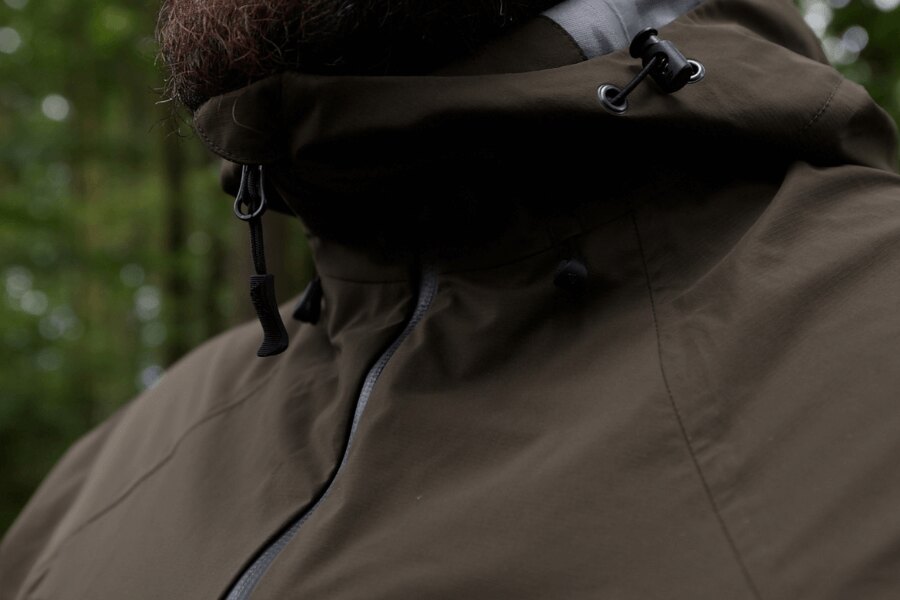
Wash your outdoor clothing before impregnation itself. Always follow the manufacturer's instructions and use a product for outdoor clothing.
Impregnation of boots
As with clothing, before the impregnation itself, the footwear must be properly cleaned (first coarsely and then finely) and dried. The boots can also sometimes be washed, again following the instructions on the label. Some boot models could be damaged by washing. When drying boots, it is advisable to use tensioners to avoid unnecessary deformations of their surface.
We most often associate impregnation with footwear. But it is with footwear that you need to pay particular attention to the right choice. Because boots are made from different materials and not every impregnation is suitable for every one of them. For example, leather is mostly impregnated with other means than the Gore-Tex membrane, although there are also universal impregnation means. Impregnation must be applied to the boots very carefully so that no spot is missed.
Impregnation of backpacks
You may have already impregnated shoes or an outdoor jacket, but what about a backpack? This is a piece of equipment that is often overlooked in this direction. At the same time, it is not only a space for carrying things, but also something that protects other equipment from damage. And also, among other things, against weather conditions, including rain. Of course, you can also use a raincoat for your backpack. But it is better to combine several protective measures. That is why it is advisable to also impregnate the backpack well. And right away you can buy waterproof covers for really important equipment that must not get wet under any circumstances.
Before the impregnation itself, the backpack needs to be cleaned again, possibly even washed (in the appropriate detergent), if this is possible for the specific model. Otherwise, you have no choice but to use manual cleaning. A toothbrush is sometimes recommended for zippers, the rest can be removed with a damp sponge or cloth in combination with a suitable cleaning agent. Unlike boots or clothes, the backpack can still be a little damp during the impregnation process itself, it is even recommended.
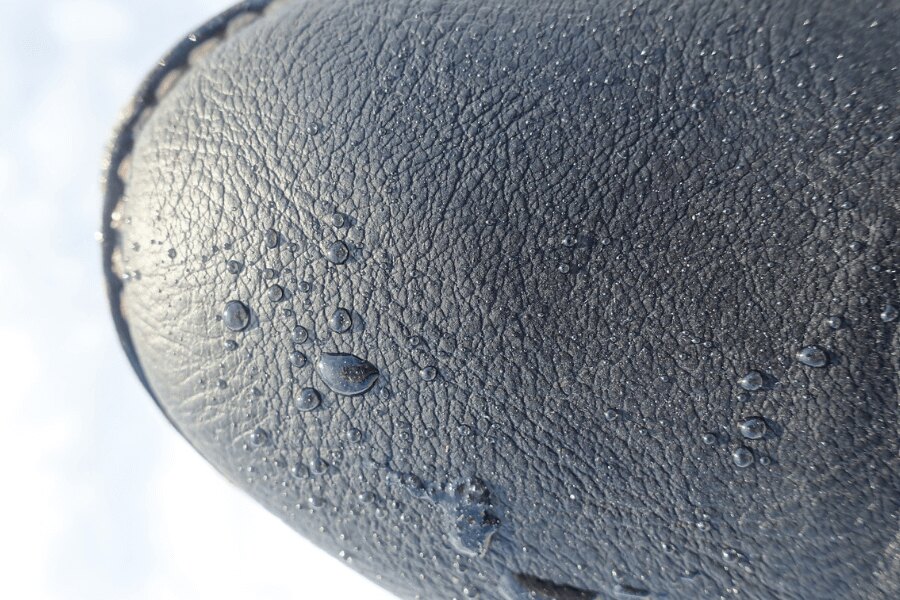
When impregnating boots, always take into account the material from which they are made.
Impregnation of tents
Special impregnation agents for tents work in exactly the same way as impregnation for any other outdoor equipment. The difference, however, is that this time they have to last a really long time, because the tent can be exposed to water and humidity quite intensively, especially in the rainy season. Just like any other impregnated equipment, first clean the tent and then let it dry on a flat surface. The tent is impregnated simply from the upper side of the flysheet, which is the part that is exposed to direct rain after the tent is erected. And one last piece of advice – if possible, never pitch the tent in direct sunlight. UV radiation does not do its surface much good.
How often to impregnate?
No matter what the object of the impregnation is, you will have to repeat this process from time to time. The question is how often. There is no clear answer to this question, because it depends on the specific material, the impregnation layer and how often you will use the impregnated piece of clothing or equipment. And also on the quality of the impregnation product you used last time. In general, it can be said that the moment the object ceases to fulfill its function, it is high time to proceed to impregnation.
Readers are further interested
